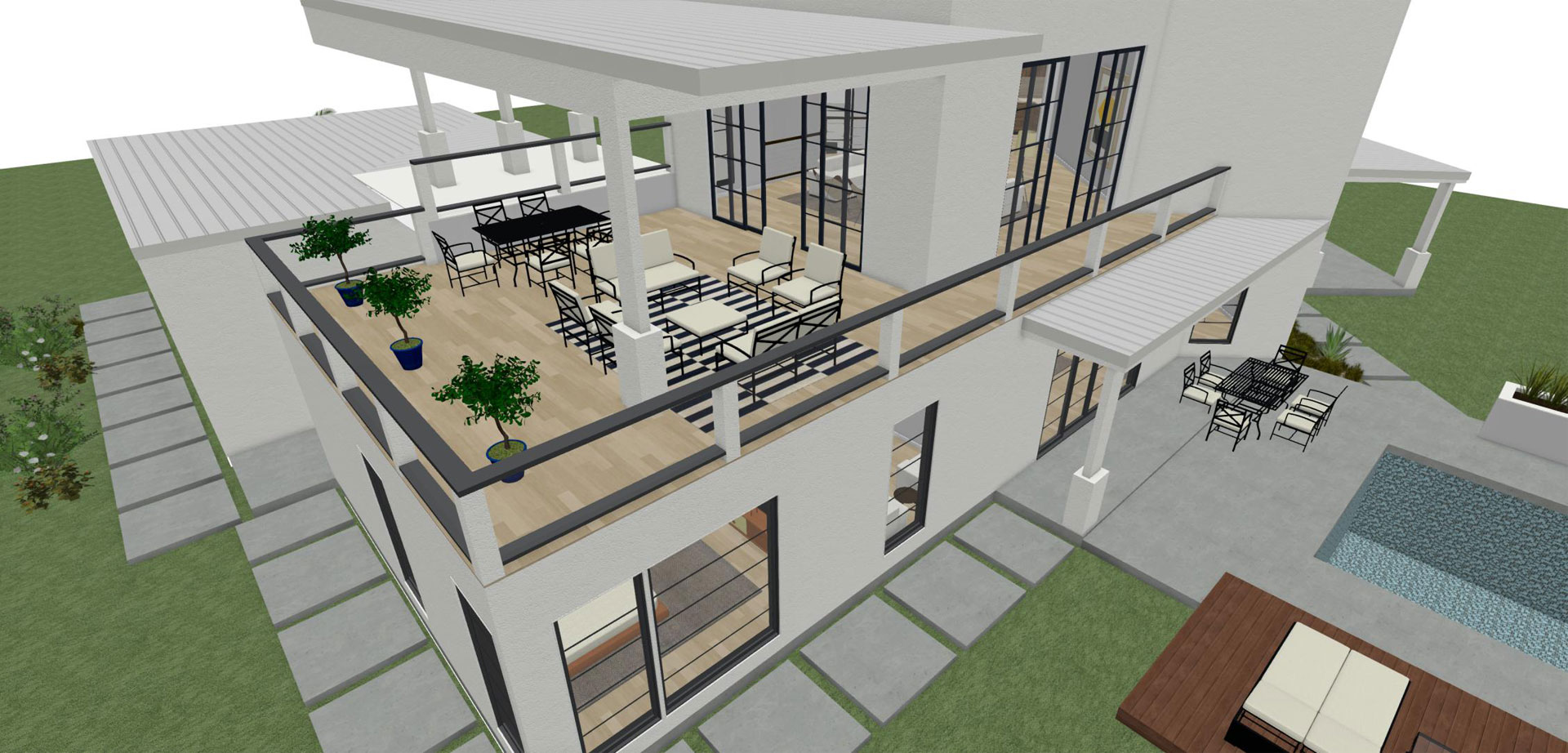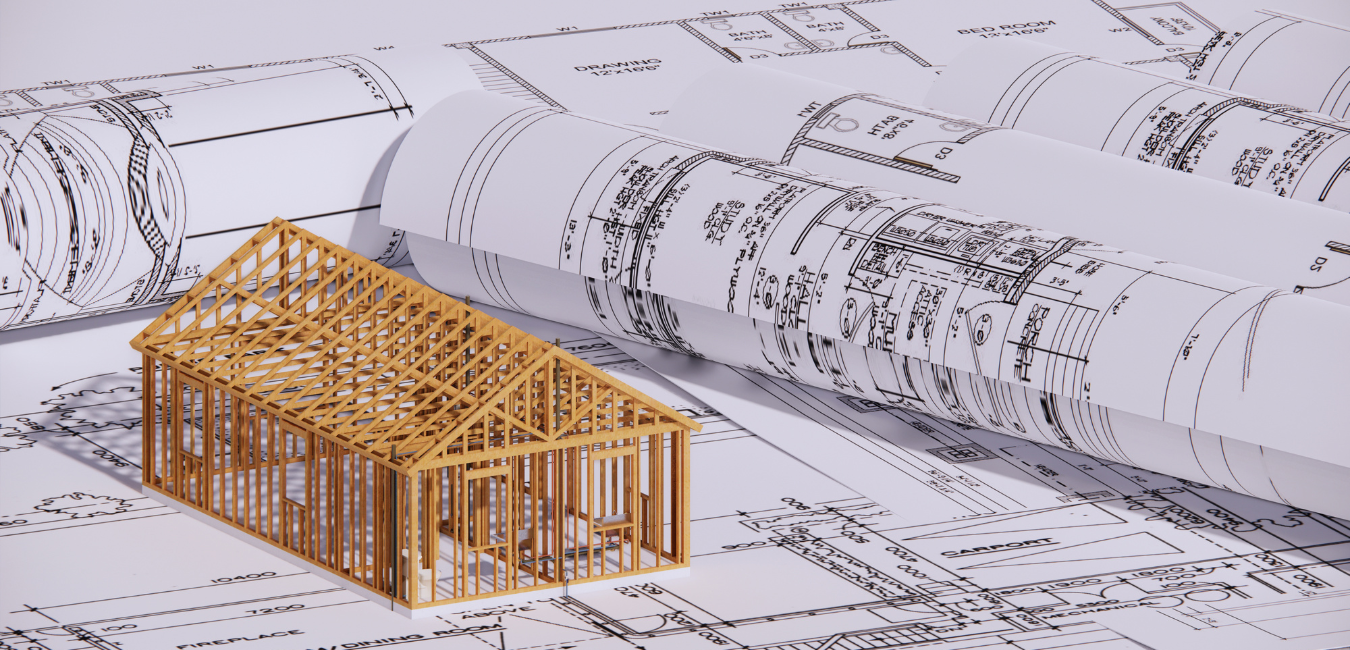Why CDA Architects Are Leaders in Architectural Design and Advancement
Why CDA Architects Are Leaders in Architectural Design and Advancement
Blog Article
Understanding the Collaborative Process In Between Designers and Engineers in Modern Construction Projects
The joint procedure in between designers and designers is vital in contemporary building projects, as it integrates style intent with design feasibility. This collaboration not only influences the visual and functional facets of a job but also plays a vital function in attending to sustainability obstacles. By utilizing efficient interaction approaches and leveraging innovative innovations, such as Building Information Modeling (BIM), teams can function much more cohesively. The intricacies of this collaboration often existing unique challenges that can hinder progress. Discovering these dynamics exposes insights that could significantly impact project end results and overall sector criteria. cda architects.
The Significance of Cooperation
The collaborative harmony between designers and designers is essential for the effective awareness of any building and construction task. This collaboration unites unique competence and perspectives, allowing the integration of ingenious style with practical design remedies. By collaborating, architects and engineers can ensure that a job not just satisfies visual and functional demands however additionally complies with safety, sustainability, and monetary restrictions.
Collaboration cultivates a common vision, promoting the alignment of goals and assumptions from the outset. This positioning is vital in resolving prospective obstacles and mitigating dangers that might develop throughout the task lifecycle. A joint technique allows for the reliable allocation of sources, enhancing both time and cost.
The relevance of cooperation reaches the repetitive procedure of layout and construction, where feedback from engineers can inform building decisions, leading to more practical and lasting designs. Alternatively, architects can inspire engineers to believe creatively about exactly how to accomplish architectural stability without compromising imaginative intent. Eventually, the collaborative relationship in between architects and engineers is not just advantageous; it is fundamental to the production of top notch, useful, and innovative built settings that satisfy the needs of society.
Interaction Techniques and Devices
Reliable communication strategies and tools are essential for cultivating collaboration between architects and designers throughout the project lifecycle. Developing clear channels of communication is necessary to make certain that all employee are lined up with job purposes, timelines, and obligations. Normal conferences, both in-person and virtual, offer chances for stakeholders to go over progression, address worries, and make educated decisions.

Additionally, taking on collaborative communication devices, such as Slack or Microsoft Teams, permits for instantaneous messaging, file sharing, and recurring discussions, promoting a much more dexterous response to emerging issues. Document management systems likewise play an important duty in organizing job documents, guaranteeing that all group participants have accessibility to the most up to date info.
Shared Goals and Task Vision
A combined job vision serves as the foundation for successful cooperation between engineers and engineers (cda architects). This shared vision not just straightens the initiatives of both parties however also establishes a common structure for decision-making throughout the task's lifecycle. By articulating clear objectives, stakeholders can properly browse the intricacies of modern-day building and construction tasks, making certain that both aesthetic and practical needs are met
Developing shared goals includes open dialogue and a comprehensive understanding of each technique's contributions. Engineers typically concentrate on layout intent, spatial partnerships, and individual experience, while designers emphasize architectural honesty, systems performance, and conformity with guidelines. When these perspectives are lined up, the outcome is a cohesive job that sticks to both innovative ambitions and technical expediency.
In addition, a distinct project vision cultivates liability among staff member, motivating each participant to take possession of their role in achieving the preferred outcome. Normal check-ins and joint workshops can better strengthen this dedication, permitting changes to be made as the project advances. Ultimately, a common vision not just boosts teamwork however likewise raises the top quality of the final deliverable, bring about successful job completion.
The Function of Innovation
Leveraging modern technology has become important in improving partnership navigate to these guys between designers and engineers. Structure find out Information Modeling (BIM) stands out as a pivotal technology, permitting both designers and designers to produce comprehensive 3D versions that encapsulate layout intent and structural honesty.
Additionally, cloud-based platforms enable smooth cooperation, enabling task stakeholders to gain access to and upgrade task data from anywhere. This cultivates a society of transparency and liability, as changes can be tracked and assessed in real-time. Additionally, mobile applications additional improve interaction, supplying on-site teams with immediate access to task requirements and updates.
Emerging technologies such as synthetic intelligence and machine discovering are likewise starting to play a function in anticipating analysis, aiding groups determine potential issues before they occur. Inevitably, the duty of modern technology in architecture-engineering collaboration not only improves process efficiencies however likewise boosts innovation, resulting in even more successful project outcomes. By accepting these technical innovations, architects and engineers can ensure an extra cohesive and efficient collective procedure throughout the construction lifecycle.
Study in Effective Partnerships
Various study show the profound impact of reliable collaborations in between designers and designers on task results. One significant example is the collaboration on the High Line in New York City City, where landscape architects, engineers, and metropolitan planners collaborated to transform an abandoned railway into a dynamic public park. This multidisciplinary method not just improved the aesthetic high quality but also guaranteed architectural security and ecological sustainability.

The Burj Khalifa in Dubai further demonstrates the importance of collaborative efforts - cda architects. The assimilation of Our site design and engineering expertise made it possible for the task team to attain extraordinary heights while adhering to safety guidelines and aesthetic vision
These examples underscore the significance of interaction, count on, and shared goals. In today's intricate building environment, such partnerships are vital to browsing difficulties and delivering projects that fulfill both practical and visionary goals.
Final Thought
In final thought, the partnership between architects and designers is necessary for the success of modern-day building jobs. Effective interaction methods, a common job vision, and the assimilation of advanced innovations are critical elements that promote this partnership.
Report this page